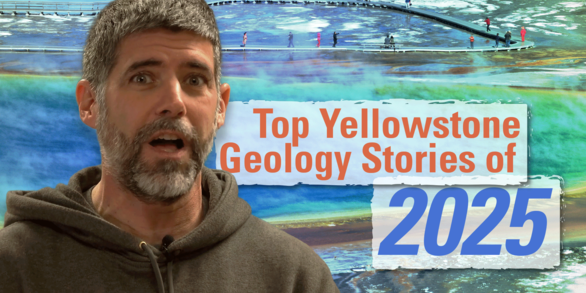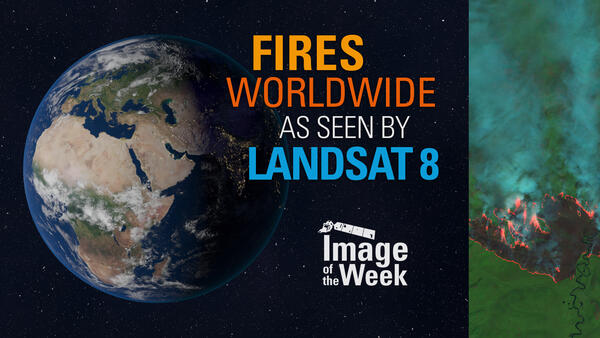Halema‘uma‘u lava lake, Kīlauea summit - September 30, 2021
Halema‘uma‘u lava lake, Kīlauea summit - September 30, 2021Lava fountains through the lava lake in Halema‘uma‘u, at Kīlauea's summit, create waves or ripples in the lake surface. The ripples are visible on the surface as thin crustal plates move apart and back together again as the wave motion passes by (like inner tubes in a crowded wave pool), creating a moving arc of increased glow.























